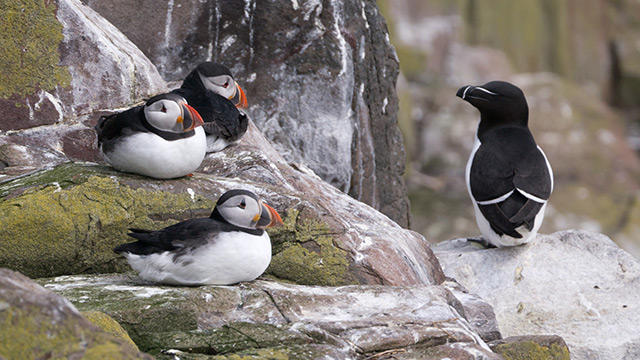
Advertisement
Meet the titanosaur: one of the world’s largest species of dinosaur, which recently made its first public appearance at New York’s Museum of Natural History (AMNH).
The titanosaur is such a recent species to be unearthed that paleontologists have yet to give the extinct creature an official name, though it is known that the animal fell within a class of giant herbivore. Experts suspect the dinosaur weighed close to 70 tons, and lived in the forest of Patagonia nearly 100 to 95 million years ago, during the Late Cretaceous period.(1,3)
The species is one of the largest animals to be excavated, superseding the blue whale, Tyrannosaurus Rex and Great Canoe. The beast clocks in at a staggering 122 feet long with a tiny head sitting atop a 39 foot long neck.(2)
Unearthing a giant
Remains of the deceased giant were found in the Argentina desert by a group of paleontologist from Museo Paleontologico Egidio Feruglio, led by José Luis and Diego Pol. Approximately 200 bones comprising 70 percent of the skeleton have been retrieved. Although the titanosaur weighed nearly 70 tones, the dinosaur’s skeleton on display is made of lightweight fiberglass. It would be impossible to build a skeleton with the dinosaur’s actual bones. The thigh itself weighs over 1,100 pounds.(2)

“It’s very exciting when you’re uncovering sediment that buried an animal 100 million years ago and you’re the first person taking this femur out and bringing it for the first time back to the surface,” Pol said in a statement.(2)

Scientists are fortunate to have bones at all. The conditions for fossilization have to be just right, and even then, a complete ossification is unlikely. In this particular scenario, nearly 40 percent of the dinosaur’s bones were gathered from seven different herbivores. The size of the thigh is the best way to determine the size of an entire dinosaur.
“It is the first time we have a fairly complete skeleton of the giant titanosaurus,” Pol said. “So we couldn’t understand completely how these animals were moving around, how fast they were growing, all sorts of questions that relate to trying to understand these fantastic animals,” he added.(4)

By comparing the thigh bone of one titanosuar with another titanosaur, the paleontologists were able to determine the animal’s size, which in this case was nearly 130 feet long.(3)
A tight fit
To make room for the dinosaur in a large hall on the museum’s fourth floor, officials had to remove a model of a young Barosaurus that had been at the facility since 1996.(4)
Even after removing the Barosaurus from the hall, however, it wasn’t exactly a perfect fit for the dinosaur. The back of the animal almost touches the gallery’s 19 foot high ceilings. Furthermore, its head and neck extend through the entryway doors into the adjoining elevator banks. If the dinosaur’s head was elevated, it would be tall enough to see into a window on the fifth story of a building.(4)
The dinosaur’s bones were wrapped in plaster in order to transport them to the museum. It took five people a week, working eight hours a day, to completely cover the remainder of the dinosaur’s bones. In addition, they had to cultivate a road in a remote area to help trucks and machinery haul the bones.(4)
According to Mark Norell, chair of paleontology at the American Museum of Natural History, the titanosaur lived on every continent. A BBC documentary about the discovery of the dinosaur is set to air in Britain on January 24th and in the United States on PBS on February 17th.(4)
Sources include:
(1) AMNH.org
(3) Wired.com
(4) DailyMail.Co.UK
Submit a correction >>
This article may contain statements that reflect the opinion of the author
Advertisement
Advertisements















